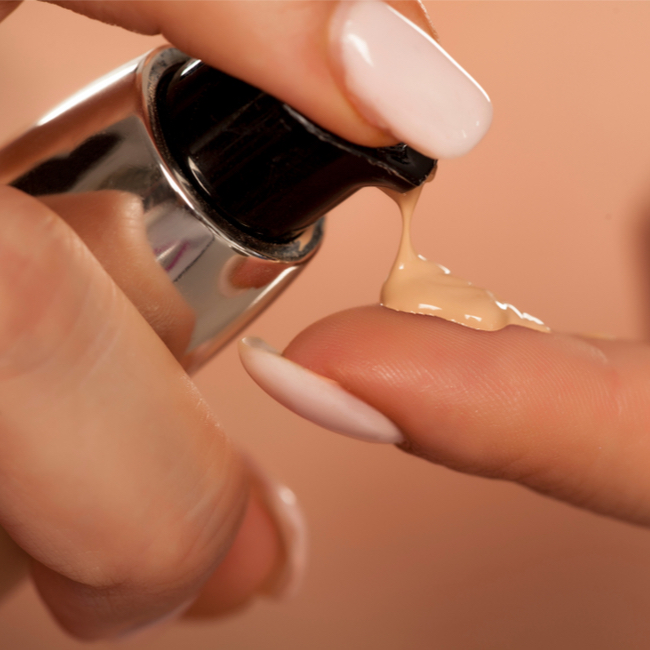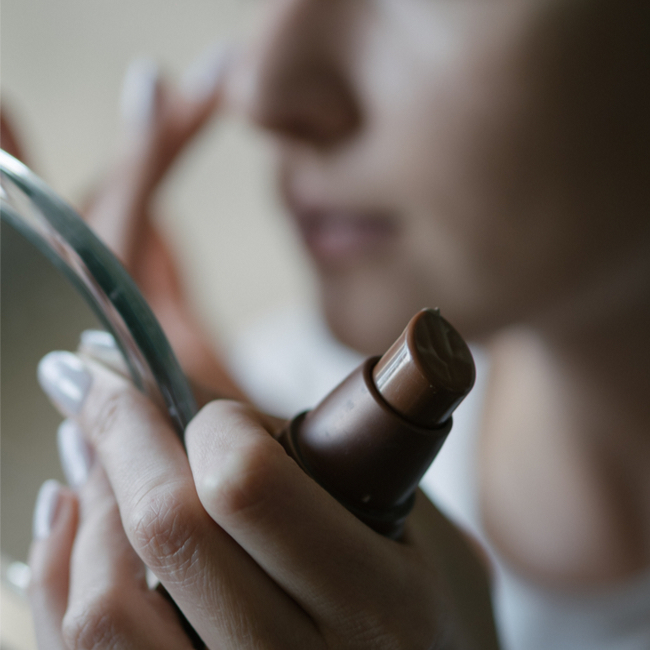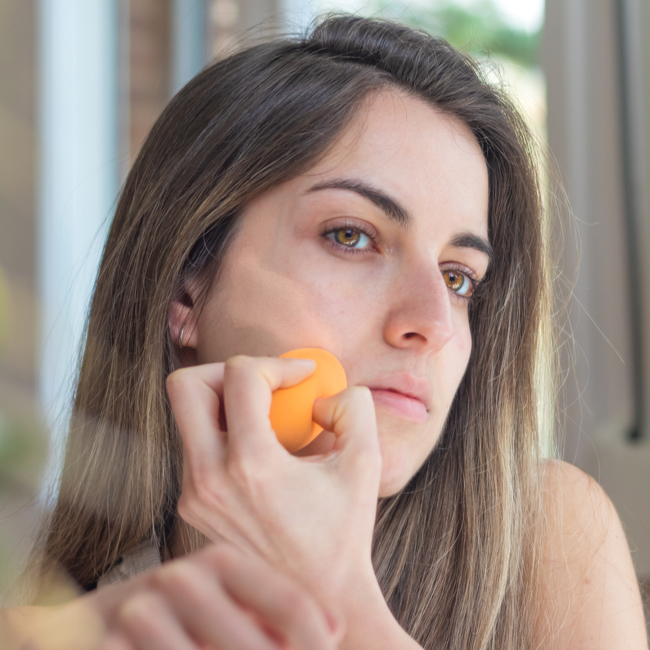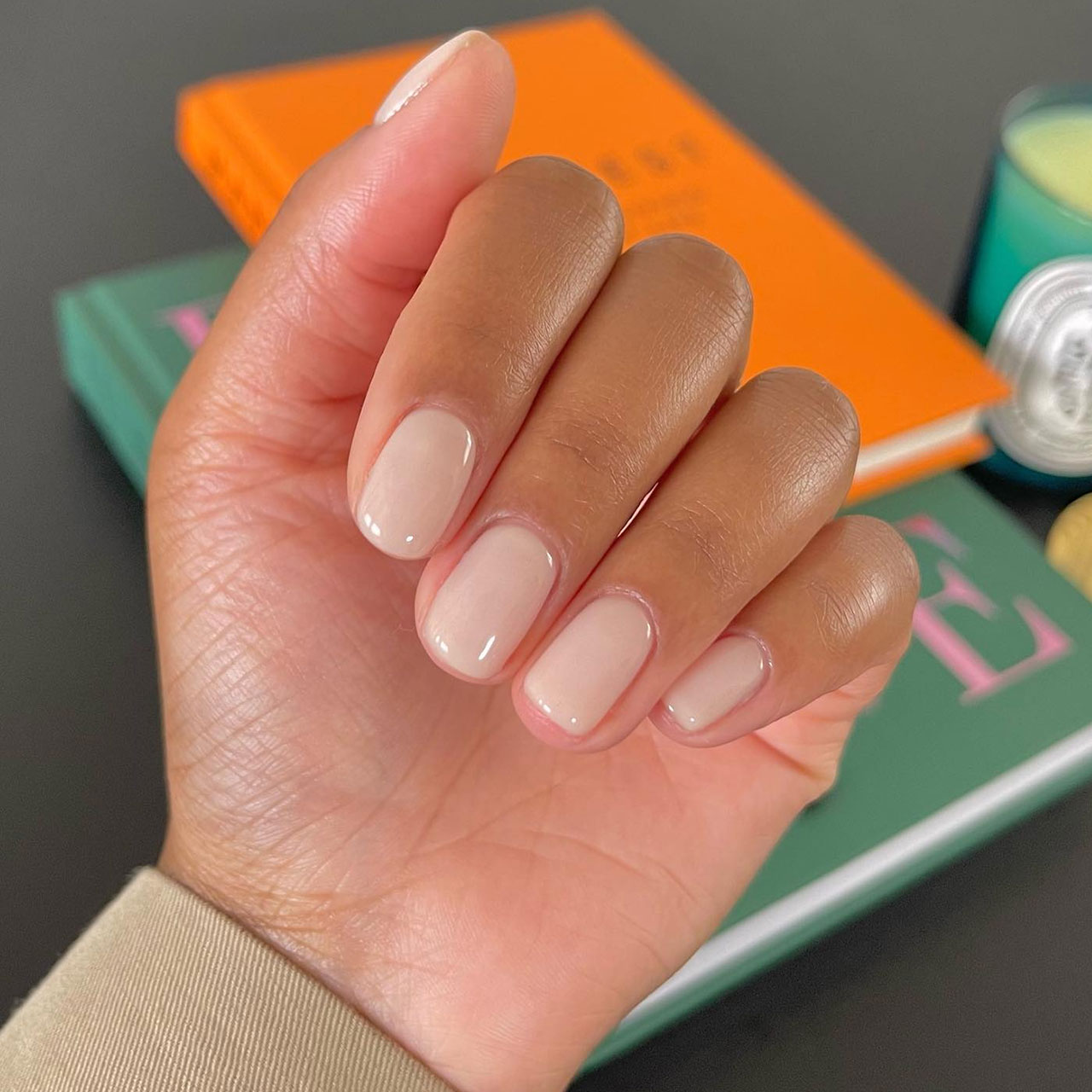Priming your face is an essential step to take before applying any makeup, let alone foundation. As the weather continues to get increasingly warmer, you might notice your foundation creasing, chipping, sliding or clumping up into patches. While this certainly has to do with the summer heat (oil blotting paper, powder and setting spray are all your friends!), professional makeup artists stress that this actually might be a sign of incorrect priming or prepping.
We checked in with makeup artists and experts who detailed 3 reasons why your foundation might be looking patchy due to mistakes made with your primer. Read on for tips and suggestions from professional makeup artists Mary Winkenwerder and Natasha Moor, founder and chief empowerment officer of Natasha Moor Cosmetics.


1. Applying Primer Immediately After Moisturizer Or Serums
After completing your morning skincare routine and applying multiple products, Moor stresses allowing time for your skin to dry (before adding primer on top of everything else!) The first mistake you could make, according to Moor, is "applying your primer immediately after your moisturizer, face serum or face oil." For a solution, she recommends "ensuring that you apply a lightweight moisturizer, face serum or a facial oil at least 10 minutes before applying a primer."
While applying primer, focus on the areas "around your nose and the high ends of your face," she adds. "You don’t need to apply primer—or makeup—all over in the summer, especially when it’s hot and humid," she explains. This also applies to your foundation, as adding this "immediately after your primer can lead to a patchy, blotchy finish. With that said, she advises to "let your primer set for a few minutes before applying your foundation."

2. Not Matching The Bases of Your Primer & Foundation Formulas
Moor notes that it's esential to read the labels on your products and "match your formulas." If you used a silicone-based primer, she says, use a silicone-based foundation. If you used a water-based primer, sshe then instructs to use a water-based foundation. "If you try to use a silicone-based primer with a water-based foundation, they’ll separate, just like oil and water," Moor explains.
Winkenwerder agrees, and adds that it's vital to "pay attention to what needs your primer addresses." For example, she says that there are "various formulas of primers to suit different care and finishing needs." Some primers fill in skin pores with a "light dewy cream gel finish" for even makeup applications, she says, while others are "strictly cosmetic, producing enhanced features." Given that primers are worn based on skin condition, there are "different textures and formulas to meet all skin needs," Winkenwerder stresses, so finding one for your type is crucial for oil-free makeup looks this summer.

3. Applying Too Much Primer (And Without a Beauty Blender)
If you're used to adding on primer with your fingers or a brush, Moor says that this could lead to an undesired foundation look later on. Sje advises to "apply your primer and foundation with damp sponge in bouncing, pressing movements" for an optimal makeup look. Additionally, she explains, "applying your foundation with a wiping or rubbing motion can cause smearing."
Ultimately, Winkenwerder concludes that your primer is specially created to "fulfill a need in your makeup and sometimes your skincare routine." Applying a lot of primer before makeup, she insists, "does not set the basis for good foundation or applied color." Too much primer saturates the skin's surface, "making it unfit for foundation application." Winkenwerder instructs to use a "little bit of primer, applied as a sheer veil, as needed, and watch your makeup work better for you."


























